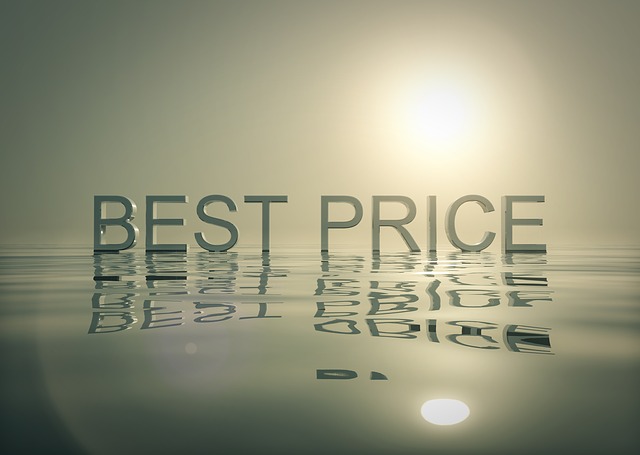Setting the right price for your product or service is a delicate balancing act: if you charge too much, your customers may not buy and if you charge too little, you risk eating into your profits and feeling as if you are giving your products away.
Related: How to get your pricing right as a modern small business
Quite simply, there are no quick or easy calculations to tell you what price to set, but there are certain factors that you must take into account. Establish your price by considering the following: the markets you are operating in, your customers, and the benefits of your product or service.
Consider the competition
Find out as much as you can about the competition. Check out what prices they charge, and whether they offer any incentives such as discounts. Think about how your product rates against those offered by the competition. Draw up a list of what their strengths and weaknesses are and see if you can adjust your prices to exploit these.
The price you put on a product tells prospective customers something about it. For example, a higher price implies high quality, a lower price, low quality. Non-price factors can also help you build a pricing strategy. Don’t be frightened into thinking that the only thing that matters to buyers is price; they are interested in other aspects of your product too.
Look at the benefits associated with your product or service. For example, you could build up an image or reputation for areas such as quality, efficient service, reliability, prompt delivery. This will enable you to raise your prices and generate higher profits.
Look at a range of prices
It is often more realistic to think in terms of a range of prices. It can be tempting to start off with a low price in order to attract your customers, with the aim of raising the price once you are up and running, but this could backfire. Some of your customers may only be buying because of the low price, and may not make repeat purchases if you raise them.
The lowest price you should consider setting is the one that covers your direct costs, so work out what your business costs are. These are classified as fixed (such as any salaries you have to pay out and rent you are paying on premises), variable (costs which can increase or decrease depending on levels of production) and semi-variable, such as the cost of using mobile phones.
Never go below this price – only accept this price if you need to sell excess stock. If your customers talk to each other, it could soon become an established fact that you can be forced to sell at this low price, and it will make it harder for you to raise prices in the future.
Ten top tips on pricing
- Fully understand the pricing of your competitors – particularly understand the small print or conditions
- Be sure you can deliver your product or service at prices that are well below those of your competitors before you start
- Do your sums – understand the financial constraints on your own business should you have to start dropping prices to remain competitive.
- Keep business overheads to a minimum – if you are competing on price, you’ll have little margin for waste
- But understand which business overheads are the essential ones and invest in systems that make them more efficient
- Measure everything – not just the big factors such as margin – but all the small factors. Often it’s the combination of many small things that lead to one big problem
- Be creative in sales and marketing. For a young business, high cost marketing activity such as advertising should be seen purely as a means of generating sales; if it is not producing sales cost efficiently stop it immediately and try something new.
- When you find the right formula, expand. But be careful that cash flow doesn’t dry up due to rapid expansion. Many successful businesses have come a cropper this way.
- Don’t spend money building a “brand” when you are just starting – getting customers and sales is the priority.
- Be prepared for a fight. If you have discovered a winning formula – established businesses are not going to sit idly by as you take their customers. Remember, they have become big businesses as much by being able to defend their existing positions as by growing new ones. And they certainly know how to fight.




